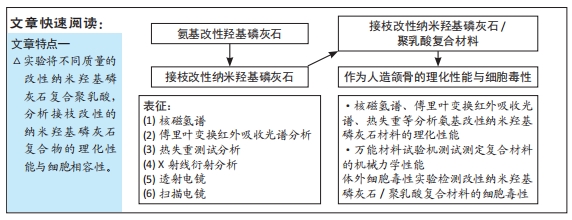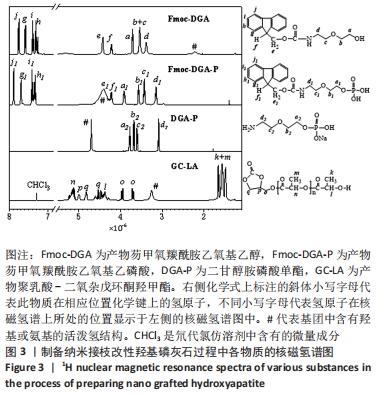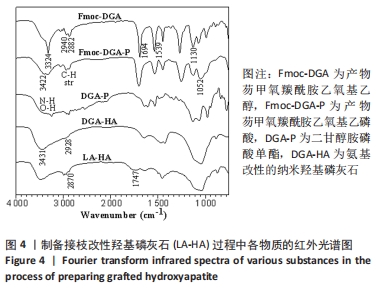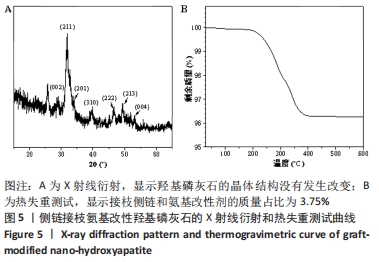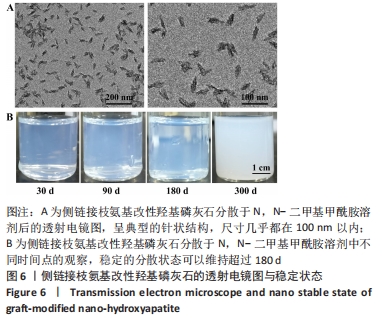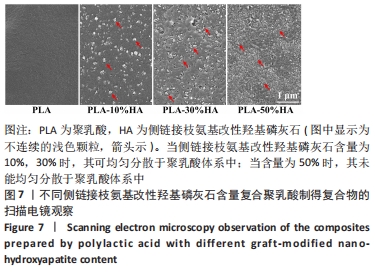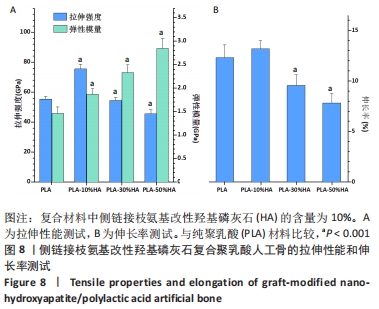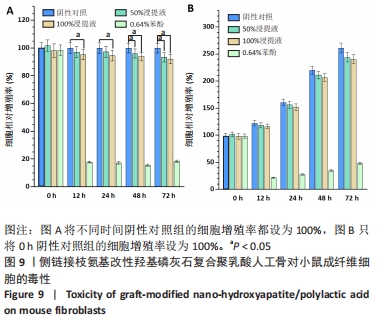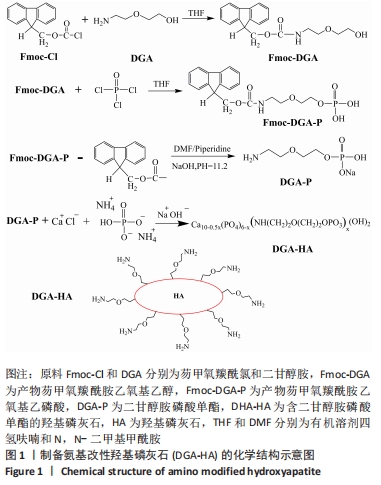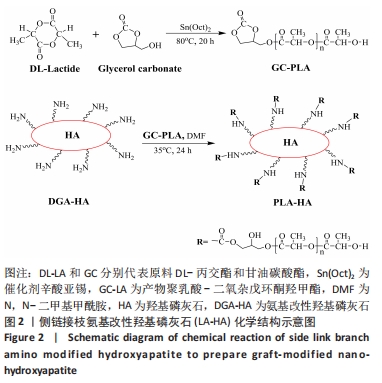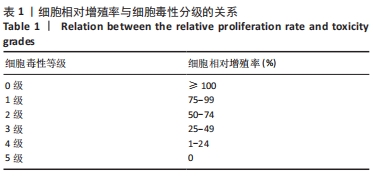[1] ZHAO D, ZHU T, LI J, et al. Poly(lactic-co-glycolic acid)-based composite bone-substitute materials. Bioact Mater. 2020;6(2):346-360.
[2] BLUME O, BACK M, MARTIN K, et al. A customized allogenic bone block for alveolar reconstruction quantitated by a 3D matching technique: A case report. Clin Case Rep. 2021;9(9):e04771.
[3] BARBU HM, LANCU SA, RAPANI A, et al. Guided bone regeneration with concentrated growth factor enriched bone graft matrix (sticky bone) vs. bone-shell technique in horizontal ridge augmentation: a retrospective study. J Clin Med. 2021;10(17):3953.
[4] ORYAN A, ALIDADI S, MOSHIRI A, et al. Bone regenerative medicine: classic options, novel strategies, and future directions. J Orthop Surg Res. 2014;9(1):18.
[5] ZHANG Y, LUAN J, ZHANG Y, et al. Preparation and characterization of iron-doped tricalcium silicate-based bone cement as a bone repair material. Materials (Basel). 2020;13(17):3670.
[6] PAMENTIER L, RIFFAULT M, HOEY DA. Utilizing osteocyte derived factors to enhance cell viability and osteogenic matrix deposition within IPN hydrogels. Materials (Basel). 2020;13(7):1690.
[7] KONG D, LIN G, SHI Y, et al. Performance of heterotopic bone elicited with bone morphogenic protein-2 microspheres as a bone repair material. Mater Design. 2020;191:108657.
[8] PASCU EI, STOKES J, MCGUINNESS GB. Electrospun composites of PHBV, silk fibroin and nano-hydroxyapatite for bone tissue engineering. Mater Sci Eng C. 2013;33(8):4905-4916.
[9] KHAN FSA, MUBARAK NM, KHALID M, et al. Functionalized multi-walled carbon nanotubes and hydroxyapatite nanorods reinforced with polypropylene for biomedical application. Sci Rep. 2021;11(1):843.
[10] OBERDIEK F, VARGAS CI, RIDER P, et al. Ex vivo and in vivo analyses of novel 3D-Printed bone substitute scaffolds incorporating biphasic calcium phosphate granules for bone regeneration. Int J Mol Sci. 2021;22(7):3588.
[11] BARBECK M, SCHRODE ML, ALKILDANI S, et al. Exploring the biomaterial-induced secretome: physical bone substitute characteristics influence the cytokine expression of macrophages. Int J Mol Sci. 2021;22(9):4442.
[12] GIRON J, KERSTNER E, MEDDEIROS T, et al. Biomaterials for bone regeneration: an orthopedic and dentistry overview. Braz J Med Biol Res. 2021;54(9):e11055.
[13] Al-AMIN M, ABDUL-RANI AM, DANISH M, et al. Investigation of coatings, corrosion and wear caracteristics of machined biomaterials through hydroxyapatite mixed-EDM process: a review. Materials (Basel). 2021; 14(13):3597.
[14] GARCIA -GARETA E, COATHUP MJ, BLUNN GW. Osteoinduction of bone grafting materials for bone repair and regeneration. Bone. 2015;81:112-121.
[15] JI C, BI L, LI J, et al. Salvianolic acid b-loaded chitosan/hydroxyapatite scaffolds promotes the Repair of segmental bone defect by angiogenesis and osteogenesis. Int J Nanomedicine. 2019;14:8271-8284.
[16] MAZZONI E, MAZZIOTTA C, IAQUINTA MR, et al. Enhanced osteogenic differentiation of human bone marrow-derived mesenchymal stem cells by a hybrid hydroxylapatite/collagen scaffold. Front Cell Dev Biol. 2021;8: 610570.
[17] RAHMATI M, STOTZEL S, KHASSAWNA TE, et al. Early osteoimmunomodulatory effects of magnesium-calcium-zinc alloys. J Tissue Eng. 2021;12:20417314211047100.
[18] KARAGEORGIOU V, KAPLAN D. Porosity of 3D biomaterial scaffolds and osteogenesis. Biomaterials. 2005;26(27):5474-5491.
[19] BUTREDDY A, GADDAM RP, KOMMINENI N, et al. PLGA/PLA-based long-acting injectable depot microspheres in clinical use: production and characterization overview for protein/peptide delivery. Int J Mol Sci. 2021; 22(16):8884.
[20] HAMMOUCHE S, HAMMOUCHE D, MCNICHOLAS M. Biodegradable bone regeneration synthetic scaffolds: in tissue engineering. Curr Stem Cell Res Ther. 2012;7(2):134-142.
[21] ROCHA CR, CHAIVEZ-FLORES D, ZUVERZA-MENA N, et al. Surface organo-modification of hydroxyapatites to improve PLA/HA compatibility. J Appl Polym Sci. 2020:e49293.
[22] 张晓明,王洪艳,李俊锋.改性MWNTs/纳米HA/PLA骨修复材料的制备[J].吉林大学学报(工学版),2008,38(4):844-847.
[23] 孙帆,顾永江,孙富华,等.离子键增强水性聚氨酯/纳米羟基磷灰石复合材料的研究[J].功能材料,2015,46(11):11006-11010.
[24] DONYA H, DARWESH R, AHMED MK. Morphological features and mechanical properties of nanofibers scaffolds of polylactic acid modified with hydroxyapatite/CdSe for wound healing applications. Int J Biol Macromol. 2021;186:897-908.
[25] BAKIR M, MEYER JL, SUTRISNO A, et al. Aromatic thermosetting copolyester bionanocomposites as reconfigurable bone substitute materials: Interfacial interactions between reinforcement particles and polymer network. Sci Rep. 2018;8(1):14869.
[26] ONAK G, KARAMAN O. Accelerated mineralization on nanofibers via non-thermal atmospheric plasma assisted glutamic acid templated peptide conjugation. Regen Biomater. 2019;6(4):231-240.
[27] LUO JB, QIU SX, WANG YL, et al. Preparation and physicochemical properties of hydroxyapatite/polyurethane nanocomposites. Chin. J Polym Sci. 2014;32:467-475.
[28] SUPOVA M. Problem of hydroxyapatite dispersion in polymer matrices: a review. J Mater Sci Mater Med. 2009;20:1201-1213.
[29] KO HS, LEE S, JHO JY. Synthesis and modification of hydroxyapatite nanofiber for poly(lactic acid) composites with enhanced mechanical strength and bioactivity. Nanomaterials (Basel). 2021;11(1):213.
[30] KO HS, LEE S, LEE D, et al. Mechanical properties and bioactivity of poly(lactic acid) composites containing poly(glycolic acid) fiber and hydroxyapatite particles. Nanomaterials (Basel). 2021;11(1):249.
[31] ZHAO L, CHENG SM, LIU SH, et al. Improvement of the addition amount and dispersion of hydroxyapatite in the poly(lactic acid) matrix by the compatibilizer-epoxidized soybean oil. J Mater Res. 2020;35(12):1523-1530.
[32] SUN J, SHEN J, Chen S, et al. Nanofiller reinforced biodegradable PLA/PHA composites: current status and future trends. Polymers (Basel). 2018;10(5): 505.
[33] 李刚,刘晓南,张道海,等.亲水改性剂表面修饰纳米羟基磷灰石对其分散性的影响[J].高分子材料科学与工程,2018,34(10):66-72.
[34] ZHENG YT, FU G, WANG B, et al. Physico-chemical, thermal, and mechanical properties of PLA-nHA nanocomposites: effect of glass fiber reinforcement. J Appl Polym Sci. 2020:e49286. https://doi.org/10.1002/app.49286
[35] JIANG YR, SUN FH, ZHOU XY, et al. Water dispersible hydroxyapatite nanoparticles functionalized by a family of aminoalkyl phosphates. Chin Chem Lett. 2015;26(9):1121-1128.
[36] KONG WR, ZHOU XY, YANG Y, et al. A facile Synthesis of ω-aminoalkyl ammonium hydrogen phosphates. Chin Chem Lett. 2012;23:923-926.
[37] GONG XY, LIU YY, WANG YS, et al. Amino graphene oxide/dopamine modified aramid fibers: preparation, epoxy nanocomposites and property analysis. Polymer. 2019;168:131-137.
[38] CHEN SK, HORI N, KAJIYAMA M, et al. Compatibilities and properties of poly lactide/poly (methyl acrylate) grafted chicken feather composite: effects of graft chain length. J Appl Polym Sci. 2020;137:e48981.
[39] LIAO CZ, LI K, WONG HM, et al. Novel polypropylene biocomposites reinforced with carbon nanotubes and hydroxyapatite nanorods for bone replacements. Mater Sci Eng C. 2013;33(3):1380-1388.
[40] FATHI MH V, MORTAZAVI, et al. Bioactivity evaluation of synthetic nano-crystalline hydroxyapatite. Dent Res J. 2008;5:81-87.
[41] LIN LW, CHOW KL, LENG Y, et al. Study of hydroxyapatite osteoinductivity with anosteogenic differentiation of mesenchymal stem cells. J Biomed Mater Res. 2009;A89A:326-335.
[42] ZHI W, ZHANG C, DUAN K, et al. A novel porous bioceramics scaffold by accumulating hydroxyapatite spherulites for large bone tissue engineering in vivo. II. Construct large volume of bone grafts. J Biomed Mater Res. 2014; A102:2491-2501.
[43] WATAI JS,CALVAO PS, RIGOLIN TR, et al. Retardation effect of nanohydroxyapatite on the hydrolytic degradation of poly (lactic acid). Polym Eng Sci. 2020:1-11. doi: org/10.1002/pen.25459
|
